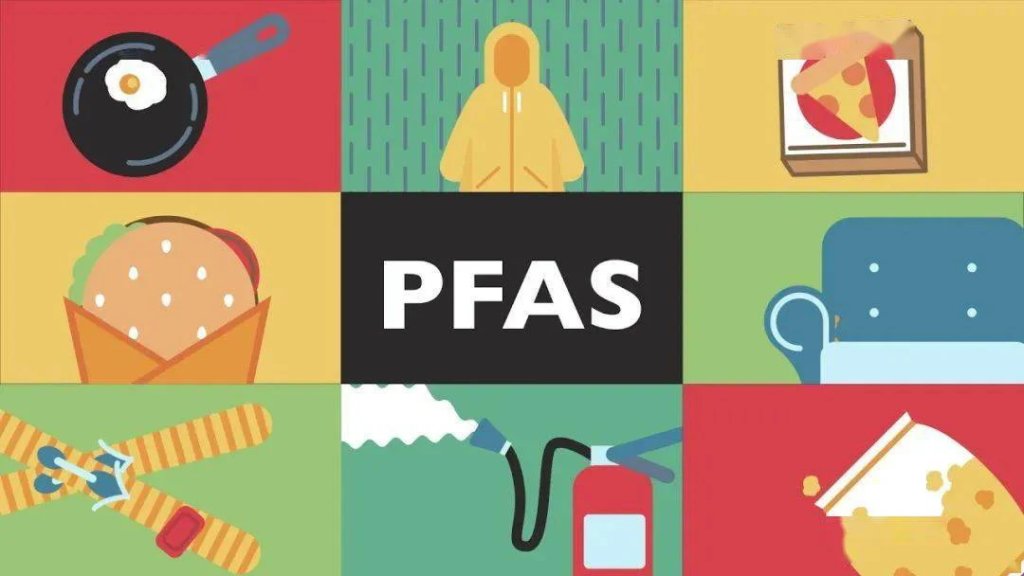Approach at the source
PFAS do not belong in water and soil
PFAS substances enter the environment through waste streams during production and use. Also in the soil of land and water. This is worrisome because PFAS substances are toxic and do not break down very well, if at all.
Tackling at the source
Millions of new chemicals appear worldwide every year. Many of these substances sooner or later end up in the water or soil and later prove harmful. Many of these new non-natural substances are substances of great concern. This development is worrisome and a threat to good quality surface, ground and drinking water. Water boards therefore advocate a source approach and a stricter admission policy: prevent high-risk substances from ending up in water and soil.
Support for proposal to ban PFAS
PFAS are toxic and enter the environment when used and through waste streams. Also in the soil of land and water. This has to stop. Therefore HHNK supports the proposal of the water sector to completely ban the production and use of PFAS. And as soon as possible and without exceptions.
What does HHNK do?
As long as PFAS may be used legally, addressing the sources remains necessary. HHNK can issue permits for discharges to surface water. For discharges to the sewage system we advise the competent authority, the municipality or province. To investigate and deal with the source we use the possibilities we have in licensing, supervision and enforcement. It has been nationally agreed that permits are regularly reviewed and updated where necessary.
If it turns out that substances of very high concern are used or released in business processes, we can tighten permits for discharges. From January 1, 2024, there will be a statutory reporting requirement for substances of very high concern (SVHC). Permits are already being tightened on this point. With supervision and enforcement, we can check whether companies comply with the permit conditions. The environmental services, municipalities and the province also make use of the possibilities around licensing, supervision and enforcement.
